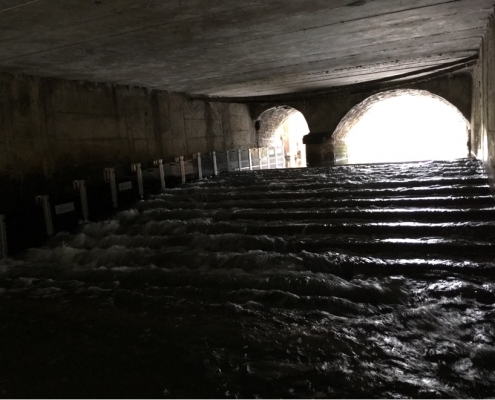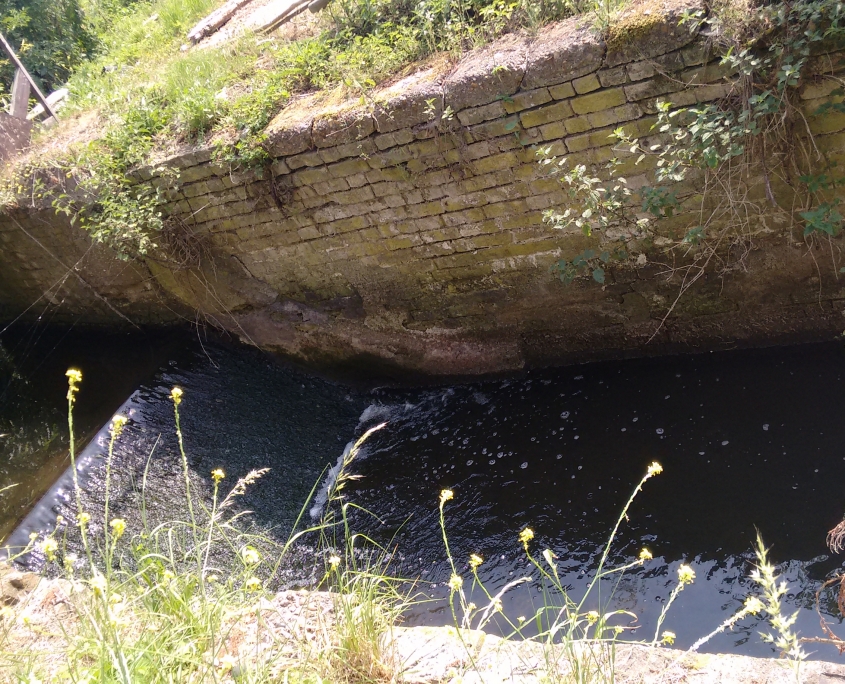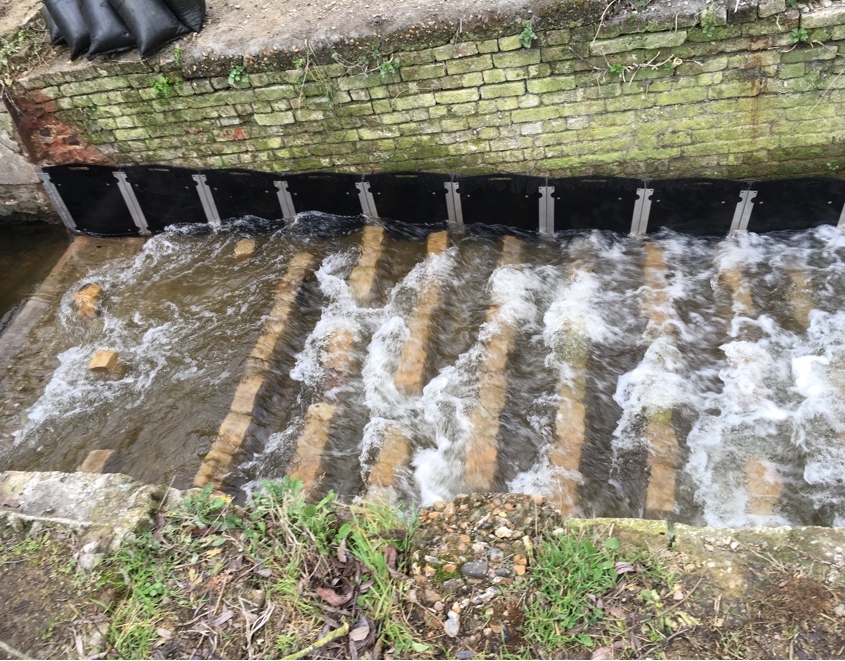River networks are a fundamentally important habitat. They have shaped the landscape and our relationship with water for millennia.
Over time, people have made numerous modifications to watercourses, harnessing them to serve their needs. During the industrial revolution there was huge growth in the number watermills, built to meet the increasing demand for textiles, gunpowder, flour and many other products. Today these mills are largely obsolete however there are still many functional river structures such as weirs and sluice gates installed to control the flow of the river. These man made structures disconnect watercourses, preventing natural fish migration, and threatening the future of many local species.
The Colne Valley Regional Park has more than 200km of rivers and canals, and 60 lakes, home to 16 native fish species including Dace, Pike and European Eel. Large proportions of these species are migratory and need free and easy passage along watercourses to reach different habitats they need at crucial stages of their lifecycle, e.g. spawning sites, sheltering from predators and recruitment of juveniles into the population. Migratory distance varies from species to species. Dace (Leuciscus leuciscus), for example, travel up to 16km between freshwater streams throughout their lives. The European Eel, (Anguilla anguilla), a ‘critically endangered’ species, travels more than 5,000km from its spawning grounds in the Sargasso Sea to European river systems. Maintaining free passage is crucial to the long-term survival of coarse fish species.
The Colne Valley Regional Park has more than 35 man-made structures, such as weirs and sluices built to serve watermills dating back to the industrial periods. To mitigate their negative effect on fish migration, the Landscape Partnership Scheme includes a ‘fish passage’ project. Its aim is to improve migration routes for fish in the Colne Valley by modifying historic man-made structures along the river to include special highways known as fish passes.
Figure 1. Fish and eel passage installed at Thorney weir in Thorney
Ideally, the removal of weirs would restore natural river flow, providing a faster and easier route for migrating fish. Unfortunately, this is often not possible as many structures have an operational functions to mange the river’s flow and water levels, changes to these structures could increase flood risk and cause disruption. Fish passes help migratory fish to swim upstream avoiding obstructions, without any need to change the surrounding landscape.
Tom White, Colne Catchment Manager for Groundwork South and the Colne Valley Regional Park, has been working in partnership with the Environment Agency to install fish and eel passes at two historic water mills in the lower catchment; Thorney Mill weir on the River Colne Brook in Thorney and Hithermoor weir on the River Colne in Stanwell Moor. The two successfully modified weirs use a baffle pass design. This involves precisely positioning rectangular baffles across the weir, to increase water depth and reduce velocity in addition to providing resting locations for fish attempting to traverse the structure.
Figure 2. A: Hithersmoor weir prior to installation
B: Newly installed fish and eel pass
The baffle pass enables coarse fish such as Roach and Chub to travel through, but juvenile European eels have difficulty using the fish pass due to the high water speed and lack of grip. To solve the problem, a specially designed eel pass was installed in order to provide the climbing substrate eels require to traverse a structure.
The modification of the two weirs has improved the natural migration routes for fish in the River Colne and the River Colne Brook. But they still face many impassable barriers in other parts of the Colne Valley. The Landscape Partnership Scheme will assess and modify structures that need adjustment to ensure the river system can be enjoyed by both wildlife and humans far into the future.






